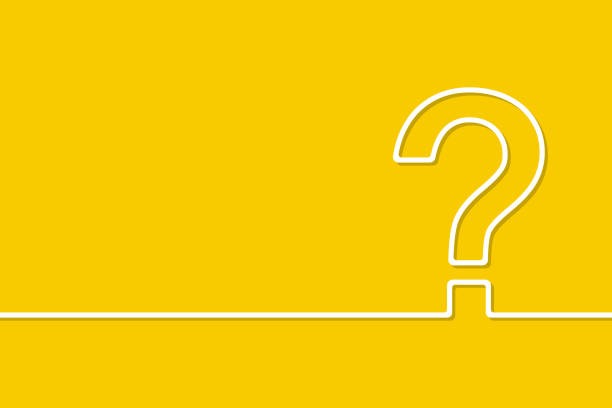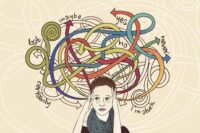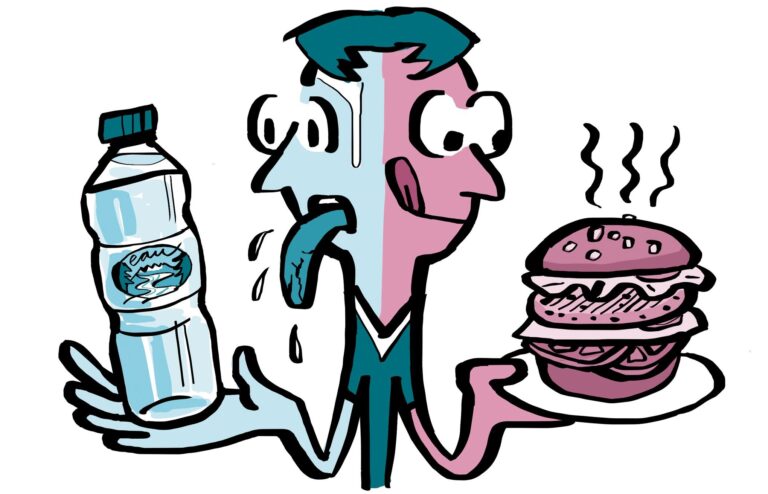It’s 3 PM. You had a perfectly good lunch, but that familiar urge to raid the snack cabinet is creeping in. You think to yourself, “I’m hungry.” But are you, really?
One of the most common mistakes we make on our health journey is misinterpreting our body’s signals. A part of your brain called the hypothalamus is responsible for regulating both hunger and thirst, and sometimes, its wires get crossed.
The result? We reach for a bag of chips when our body was actually crying out for a glass of water. This article is a simple but powerful guide to help you tell the difference, avoid unnecessary calories, and optimize your hydration.
Why Does Our Brain Confuse These Two Signals?
The science behind this is surprisingly simple. The symptoms of mild dehydration are remarkably similar to the symptoms of hunger:
- Low energy levels
- Feeling weak or slightly light-headed
- Difficulty concentrating
- Irritability and moodiness
Because the symptoms overlap and the control center in the brain is the same, the brain often defaults to the more rewarding signal: hunger. After all, food is typically more pleasurable than water.

 Also Read:
Ending the All-or-Nothing Cycle: How to Get Back on Track...
Also Read:
Ending the All-or-Nothing Cycle: How to Get Back on Track...
The “Glass of Water Test”: A Golden Rule to Live By
To break free from this confusion, there is one incredibly simple and effective rule. The next time you feel a pang of hunger, especially between meals, follow these four steps:
- Pause: Before you reach for a snack, just take a moment.
- Drink: Drink a full glass of water (about 8 oz or 250 ml).
- Wait: Give your body 15-20 minutes to process the water and send a new signal to your brain.
- Re-evaluate: Now, ask yourself: “Am I still hungry?”
- If the feeling of hunger has disappeared or significantly faded, you were likely just thirsty.
- If you still feel genuine hunger pangs (a rumbling stomach, etc.), then it’s time for a healthy snack.
This test isn’t a restriction; it’s a mindfulness exercise to better understand your body.
How Limotein Helps You Build This Habit
Knowing this rule is one thing, but consistently remembering to do it is another. Limotein can act as a smart tool to help you reinforce this new habit.
- Mindful Logging: When you feel that 3 PM “hunger,” the first thing you should do is log a glass of water in Limotein. This simple act of logging helps you remember the rule and solidifies it as a new habit.
- Seeing the Pattern: After a few weeks, take a look at your logs. You might discover a clear pattern: on the days you consistently drank water between meals, you logged significantly fewer unplanned, high-calorie snacks. The data proves the benefit of the habit.
- Connecting Hydration to Energy: You might even notice that on well-hydrated days, your energy levels are more stable. This proves that what you thought was a need for a sugary “pick-me-up” was actually just a need for water.
Conclusion: Listen to Your Body More Accurately
Learning to differentiate between hunger and thirst is a simple but powerful skill for managing your weight, controlling cravings, and boosting your daily energy.
Make the “drink a glass of water first” rule a non-negotiable part of your routine. It’s one of the easiest and most effective changes you can make for your health.
Ready to understand your body better and curb unnecessary snacking? Start practicing the “Glass of Water Test” today. Use Limotein’s free trial to track your hydration and see the impact it has on your eating patterns.




